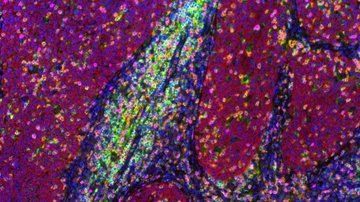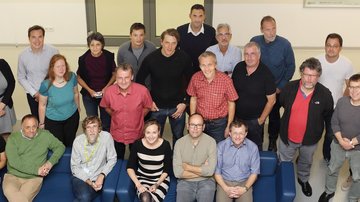About us
Our laboratory is focused on 2 topics:
1) Characterization of nutrition requirements, uptake mechanisms and intracellular metabolism of metals, especially iron, and copper, and identification of the molecules involved in these processes.
2) Repurposing of existing drugs and discovery of new drugs against medically important pathogenic eukaryotic microorganisms.
Biometals
The importance of metals for the survival of microorganisms is best demonstrated on iron. Phytoplankton contributes to nearly 50% of the primary production, yet waters of the oceans contain limiting concentrations of several essential nutrients, especially iron, an element that is required in particular abundance by photosynthetic organisms. Iron also plays an important role in host-pathogen relationship. Many pathogens are highly dependent on a sufficient supply of iron and take up this metal by multiple and divergent pathways from the host. The activation and expression of such microbial iron acquisition systems is linked to their pathogenicity and proliferation. Thus the withholding of iron is an effective antimicrobial defence strategy of the host. Our project is focused on the characterization of nutrition requirements, mechanism of uptake and intracellular metabolism of metals, mainly iron and copper and identification of molecules involved in these processes. Research includes metabolism specific for pathogenic organisms (parasitic protists) and strategies necessary for life in nutritionally limited environment (unicellular algae). As a model organism we are using Saccharomyces cerevisiae.
Representation of iron transport systems in parasitic protists.
Jan Mach & Robert Sutak. Metallomics 2020,12, 1335-1347
© The Royal Society of Chemistry 2020
Drug discovery
Many of the currently available anti-parasitic and anti-fungal frontline drugs have severe limitations, including adverse side effects, complex administration, and increasing occurrence of resistance. Our laboratory is involved in discovering new and repurposing drugs against medically important pathogenic eukaryotic microorganisms such as the causative agents of sleeping sickness, Chagas disease, malaria, the pathogenic yeasts Candida albicans and Cryptococcus neoformans, the brain-eating amoeba Naegleria fowleri, and the causative agent of acanthamoebic keratitis. For in vivo studies, we use mouse models of Cryptococcus neoformans and Trypanosoma brucei infection. An example of successful drug repurposing is the potential use of the anticancer drug MitoTam as a highly selective antiparasitic.

Schematic representation of the proposed MitoTam mode of action on T. brucei mitochondrion











